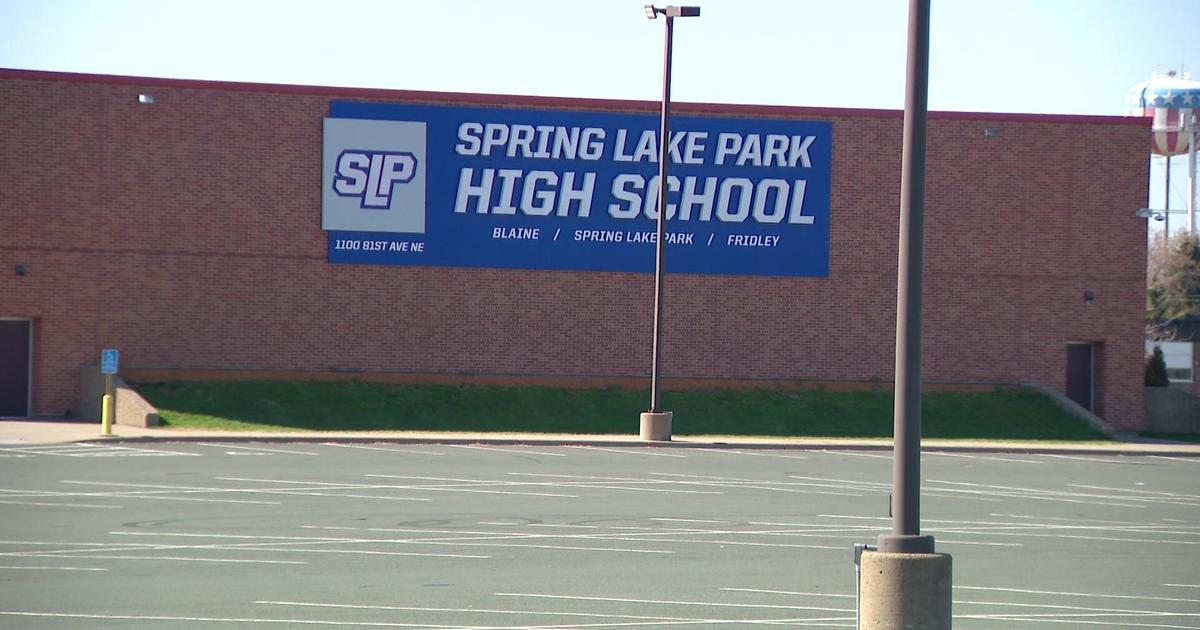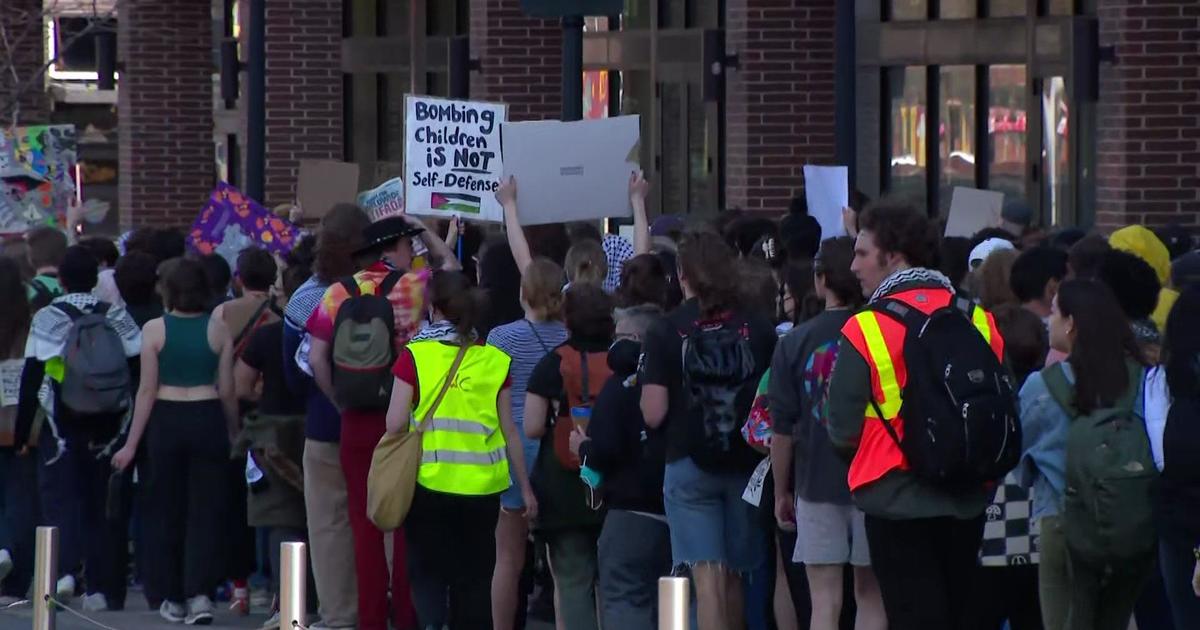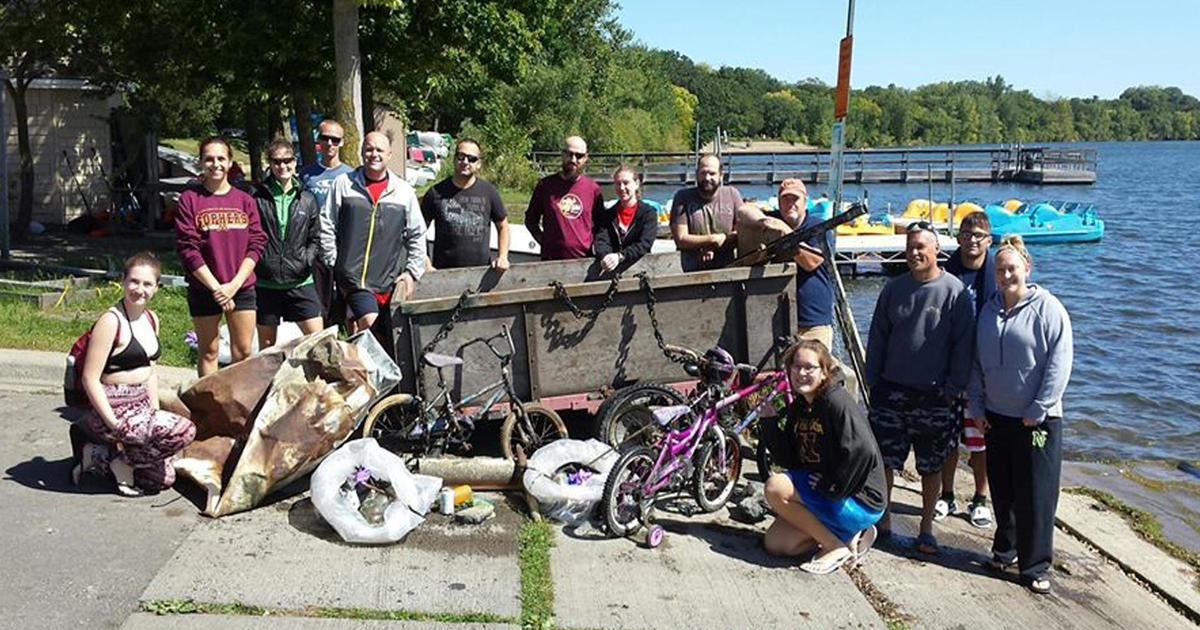The Do's And Don'ts For Dealing With Storm-Damaged Trees
MINNEAPOLIS (WCCO) -- The tornadoes and storms on Memorial Day left many trees damaged across Minnesota, along with many homeowners wondering what to do with them.
To help homeowners navigate the process, the Minnesota Department of Natural Resources released a do's and don'ts to dealing with storm-damaged trees.
Do's:
- Use caution when approaching damaged trees. If there are downed wires, stay clear and call 911.
- Carefully inspect standing trees for damage and address hazardous trees first. Hazardous trees have detached or loosely hanging branches and split or cracked trunks that can cause injury or damage to property.
- Remove trees if more than 50% of the trunk or live branches in the crown are damaged, the tree is unnaturally leaning or roots are damaged, or the tree could injury people or damage property. If you're unsure if a tree should be removed or can be saved, consult with a certified arborist.
- Assess the size of the tree and pruning job and play it safe. Consult a certified arborist on medium and large branches, or whole tree removal.
- Use proper pruning techniques to remove small, broken limbs by cutting just outside the branch collar, but limit pruning to the minimum amount necessary to address safety risks. Too much pruning can weaken an already stressed tree – and many trees are stressed due to last year's drought.
- Make sure damaged trees get rain or are watered weekly to help them repair and rebuild. Be careful not to overwater, especially in heavy clay soils – the equivalent of 1 inch per week is ideal.
- Monitor damaged trees in upcoming years to make sure they don't decay or become a hazard.
Don'ts:
- Be rushed by promises of bargains from inexperienced or unqualified tree service providers. Ask for references and proof of insurance.
- Repair a broken branch or fork of a tree with tape, wire, bolts or other wraps. The wound will not heal, and the split will invite decay and further weaken the tree. Cabling or bracing should only be performed by a certified arborist and inspected annually.
- Remove the tops of trees. This makes the tree more susceptible to insects and disease, and promotes the growth of new branches that are weakly attached.
- Apply paint or dressing to wounds, as these materials interfere with a tree's natural wound sealing process.
- Remove small, leaning trees. Trees less than 15 feet tall may survive if they are gently pulled back into place. Press out air spaces in the loosened soil. The tree can then be staked for up to a year.
- Fertilize stressed or damaged trees. Fertilizer can trigger rapid but weak growth and deplete the tree's energy reserves that are needed to recover from damage.
More information can be found on the DNR website.




